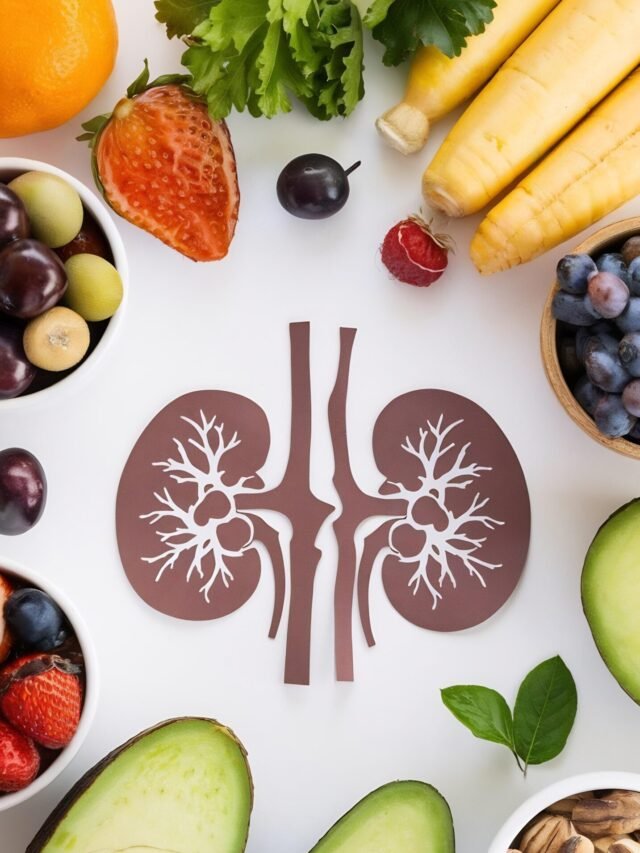Technology
Ray of hope: VR model examines tumour in 3D, offers scope for cancer treatment
LONDON: Cambridge scientists have built a virtual reality (VR) 3D model of cancer that allows viewers to ‘fly’ through tumour cells, observing every detail from different angles.
The advance paves the way for better understanding cancer, and developing new treatments for it.
The tumour sample, taken from a patient, can be studied in detail and from all angles, with each individual cell mapped.
“No-one has examined the geography of a tumour in this level of detail before; it is a new way of looking at cancer,” Greg Hannon, director of Cancer Research UK Cambridge Institute (CRUK), told the BBC.
Researchers started with a one millimetre cubed piece of breast cancer tissue biopsy, containing around 100,000 cells. They cut wafer thin slices, an then stained them with markers to show their molecular make-up and DNA characteristics.
The tumour was then rebuilt using virtual reality (VR), which allows multiple users from anywhere in the world to examine the tumour.
Although the human tissue sample was about the size of a pinhead, using the VR headsets, it could be magnified to appear several metres across.
To explore the tumour in more detail, the VR system allows one to ‘fly through’ the cells.
-
Health1 week ago
Is Drinking Cold Water Bad for Your Health? Understand the Benefits and Risks
-
Money3 weeks ago
How to File ITR Online Without a CA in 2025 – Step-by-Step Guide
-
Cryptocurrency3 weeks ago
Why You Should Never Buy Celebrity Memecoins | Crypto Scams Explained
-
Money1 week ago
Best SIP Mutual Funds 2025: Top 10 High-Return Schemes with up to 27% CAGR
-
Beauty2 weeks ago
Real Reason Behind Dark Underarms: Health Warning Signs, Not Just a Beauty Concern
-
Money4 weeks ago
Oswal Pumps IPO: Date, Price, GMP, Allotment & Full Review
-
Money7 days ago
Best Budgeting & Expense-Tracking Apps for 2025: Top Tools to Master Your Money
-
Health2 days ago
Is Fasting Good for Weight Loss? Benefits and Risks Explained





























